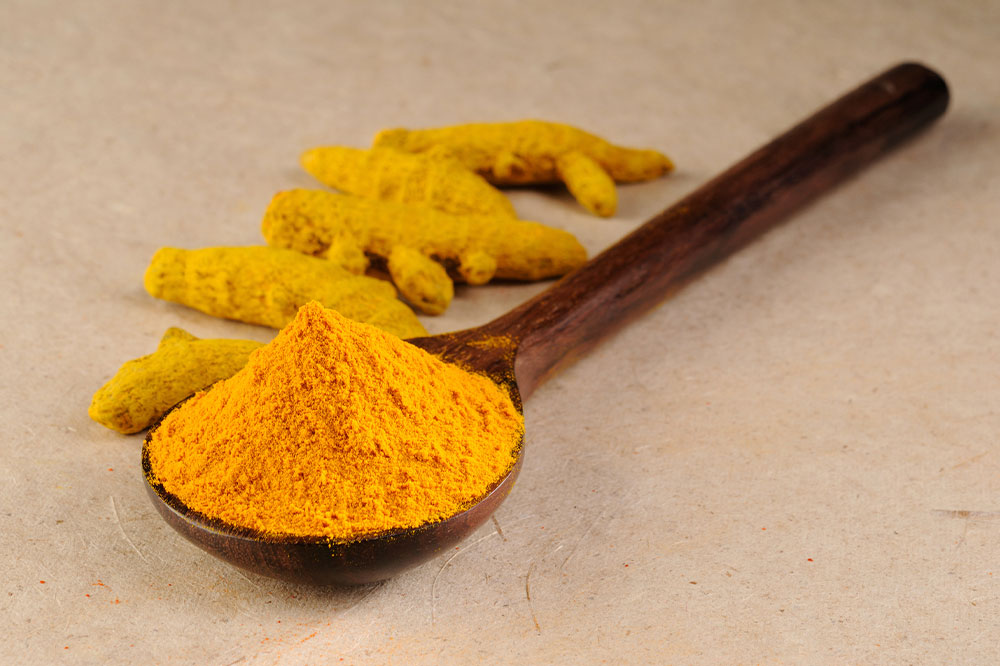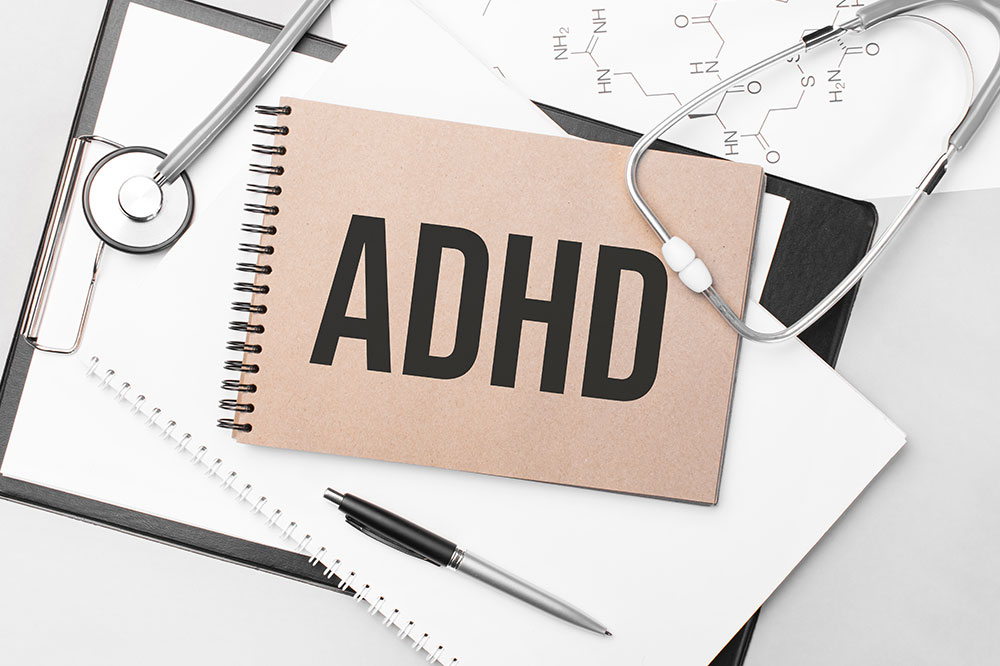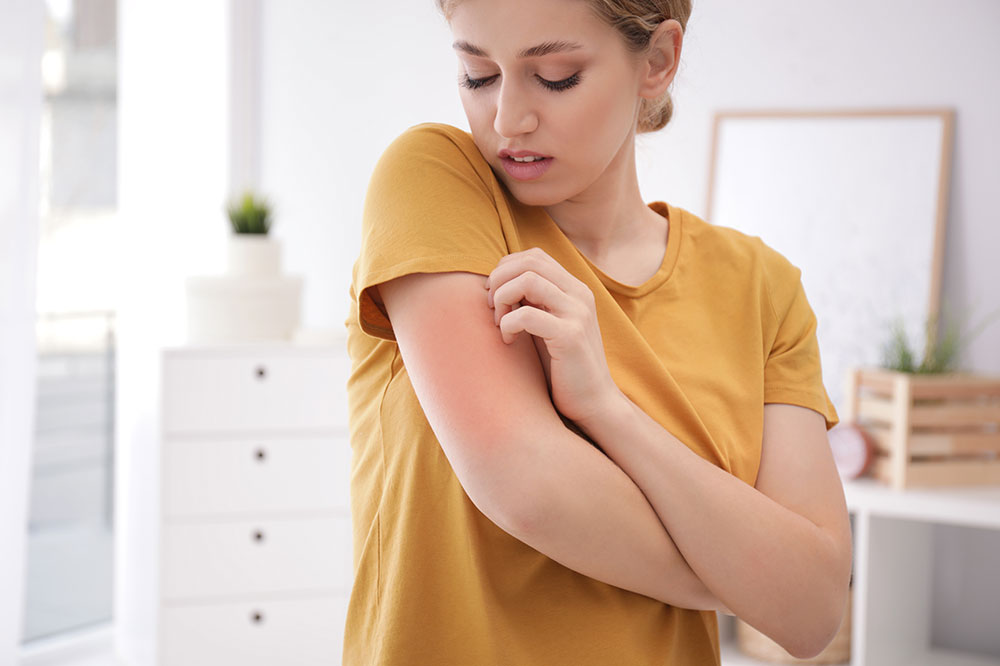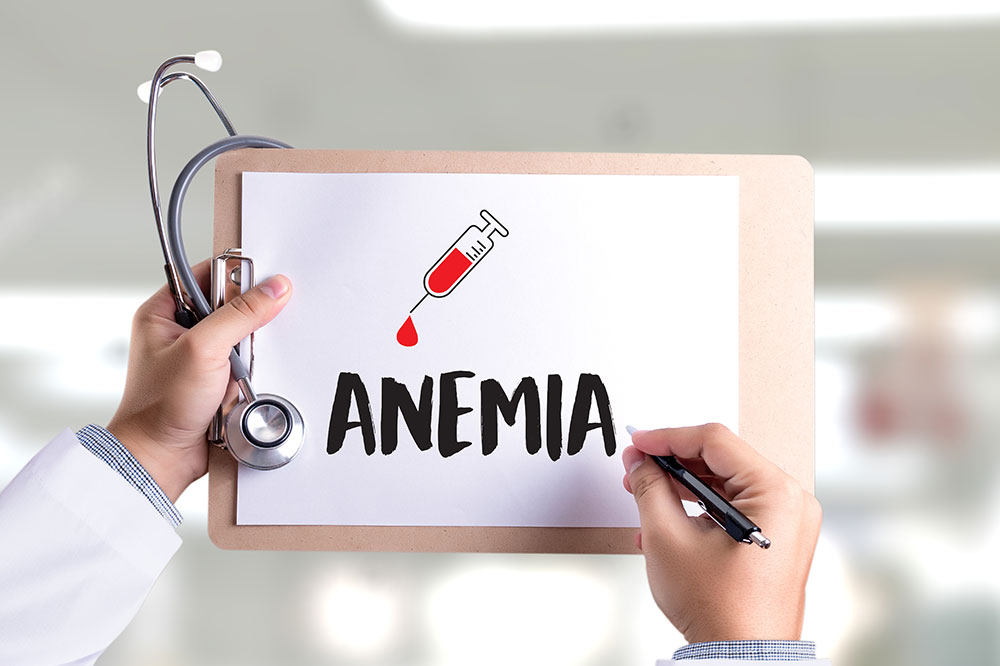6 foods than can help improve memory

Nourishment is one of the most important aspects of health, especially for the brain, as it needs the right amount of vitamins, minerals, and other nutrients to function. An active lifestyle and better eating habits, including choosing the right foods, can help one maintain brain health. Such simple changes can also help enhance one’s memory and cognitive function. So, here are a few foods that can help one improve their memory:
Turmeric
Spices are known for their antioxidant properties, which make them a great addition to meals. This property helps the brain fight free radical damage. There has been extensive research on spices, especially turmeric, to understand their healing properties. The active ingredient in turmeric is called curcumin, which is known to help decrease feelings of anxiety by changing the associated brain chemistry. This protects the hippocampus, which is responsible for learning and memory. Another such spice with healing properties is saffron. Several studies suggest that saffron has helped reduce symptoms of depression in many participants.
Fermented foods
Fermented foods are made by adding microorganisms like yeast or bacteria to milk, vegetables, or other raw ingredients. The fermentation process is responsible for producing foods like yogurt, kimchi, kombucha, and sauerkraut. All fermented items contain live cultures, which can be responsible for a healthy gut and relieve feelings of anxiety to a certain extent. Studies suggest that fermented foods may be beneficial for one’s memory and protect the brain from cognitive decline. However, heated or cooked fermented yogurt may not offer similar benefits, as heat treatment could eliminate all the beneficial bacteria.
Avocados
Apart from being a popular fruit, avocado contains high amounts of magnesium that offers healing properties. Magnesium is an important nutrient that is required for healthy brain function, and studies suggest that it has also been used to treat depression. Several studies establish a link between the development of depression and a deficiency of magnesium in the body. Research suggests that those dealing with major depression, when given 125 to 300 milligrams of magnesium, seem to undergo rapid recovery. One can prepare various snacks, like sandwiches, salads, and condiments, using avocados, as it is an incredibly versatile ingredient.
Brazil nuts
Nuts are known for being excellent sources of healthy fats and oils. Nuts are great for skin, hair, and even brain function, as the brain needs a lot of healthy fats to stay active. Brazil nuts are known to be especially high in selenium, which is an essential mineral that helps keep the brain healthy and fit. Brazil nuts are also linked with improving cognition and memory. Apart from this, walnuts are also great additions to daily meals as they contain high amounts of omega-3 fatty acids—healthy fats with anti-inflammatory and antioxidant properties. Walnuts have also been shown to improve cognition. Choosing a handful of nuts as evening snacks every day can help keep the brain healthy. The nuts can also be added to a salad or other recipes.
Kale
Leafy greens are crucial when one seeks to improve their health. These veggies are rich in vitamin E, flavonoids, and carotenoids, which offer protection from cognitive decline and also dementia. Green leafy vegetables like kale are also high in folate content, which is required for the formation of red blood cells. According to research, folate deficiency has been linked with several neurological disorders, making it a vital mineral for maintaining brain health. Swiss chard, spinach, and dandelion greens are also great options that one can add to meals. As these plant-based foods can slow down cognitive decline, they could help memorization and other cognitive processes stay sharp and unaffected for longer.
Dark chocolate
Dark chocolate contains a large amount of cocoa, making it an extremely important source of iron for the body. Iron is a crucial mineral that is used in the body to protect the neurons. Further, cacao contains antioxidants in the form of flavonoids that help the brain combat harmful free radicals. Those who have dark chocolate often may have a lower risk of depression. However, one should consider having dark chocolate with a high cocoa content to avoid excessive sugar intake. Higher cocoa content also helps ensure one gets plenty of antioxidants, which can help enhance memory and brain function.






